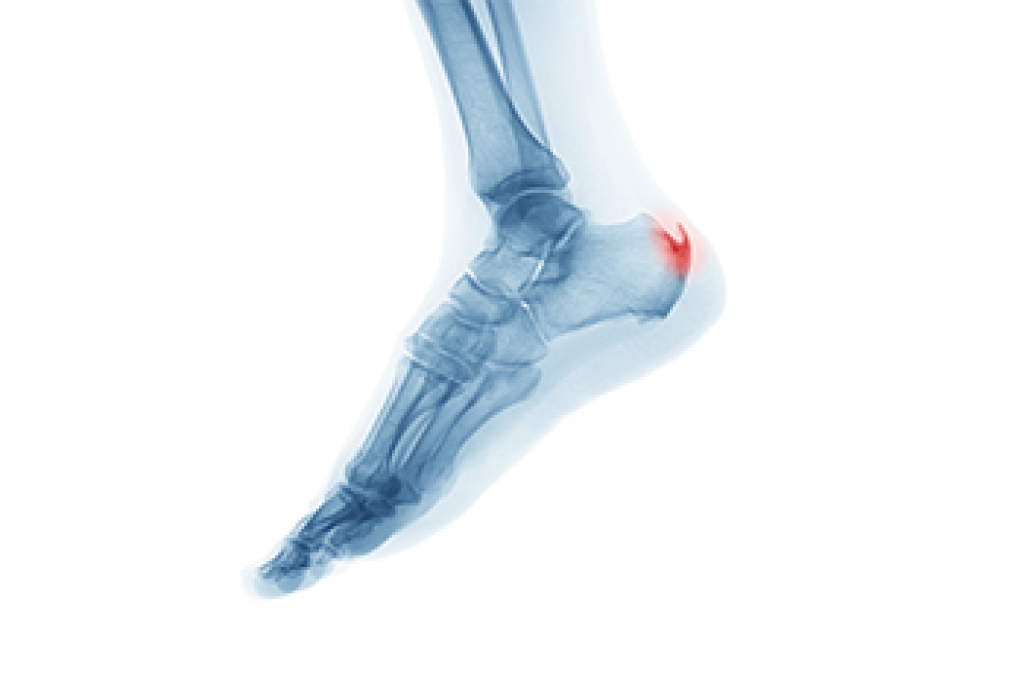
Heel pain is one of the most common complaints seen in podiatry offices, and it can affect daily movement and quality of life. While plantar fasciitis is a frequent cause, heel pain can also result from bursitis, stress fractures, nerve entrapment, or inflammation of surrounding soft tissue. A step-by-step evaluation begins with identifying the exact location of the pain, when it occurs, and what activities make it worse. Imaging may be used to rule out less obvious causes. Treatment often begins with rest, supportive footwear, and stretching exercises, followed by custom orthotics or targeted exercise if needed. More persistent cases may require injection therapy or additional medical intervention. Addressing heel pain early can help avoid long-term issues. If your heel pain has not improved with basic at-home care or is interfering with your ability to walk, it is suggested that you see a podiatrist for a proper diagnosis and appropriate treatment.
Many people suffer from bouts of heel pain. For more information, contact one of our podiatrists of APEX Foot & Ankle Center. Our doctors can provide the care you need to keep you pain-free and on your feet.
Causes of Heel Pain
Heel pain is often associated with plantar fasciitis. The plantar fascia is a band of tissues that extends along the bottom of the foot. A rip or tear in this ligament can cause inflammation of the tissue.
Achilles tendonitis is another cause of heel pain. Inflammation of the Achilles tendon will cause pain from fractures and muscle tearing. Lack of flexibility is also another symptom.
Heel spurs are another cause of pain. When the tissues of the plantar fascia undergo a great deal of stress, it can lead to ligament separation from the heel bone, causing heel spurs.
Why Might Heel Pain Occur?
- Wearing ill-fitting shoes
- Wearing non-supportive shoes
- Weight change
- Excessive running
Treatments
Heel pain should be treated as soon as possible for immediate results. Keeping your feet in a stress-free environment will help. If you suffer from Achilles tendonitis or plantar fasciitis, applying ice will reduce the swelling. Stretching before an exercise like running will help the muscles. Using all these tips will help make heel pain a condition of the past.
If you have any questions, please feel free to contact our offices located in Fort Myers, Shellpoint, and Naples, FL . We offer the newest diagnostic and treatment technologies for all your foot care needs.




